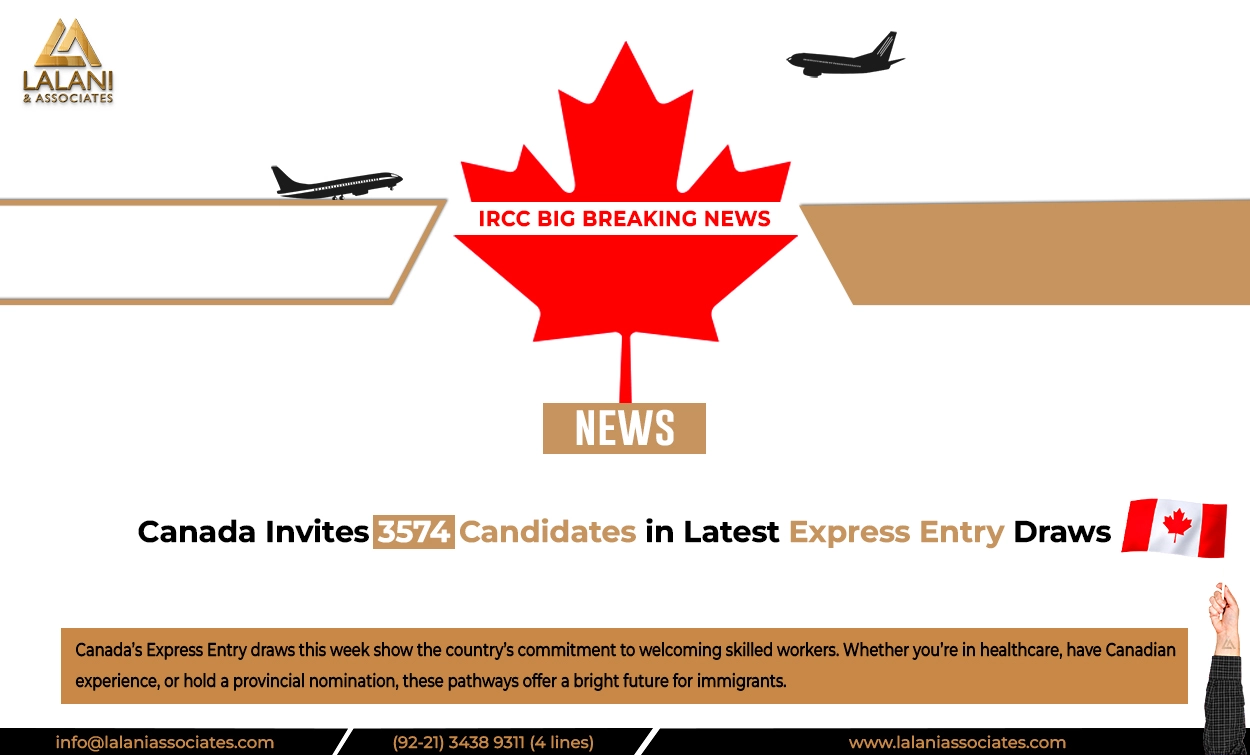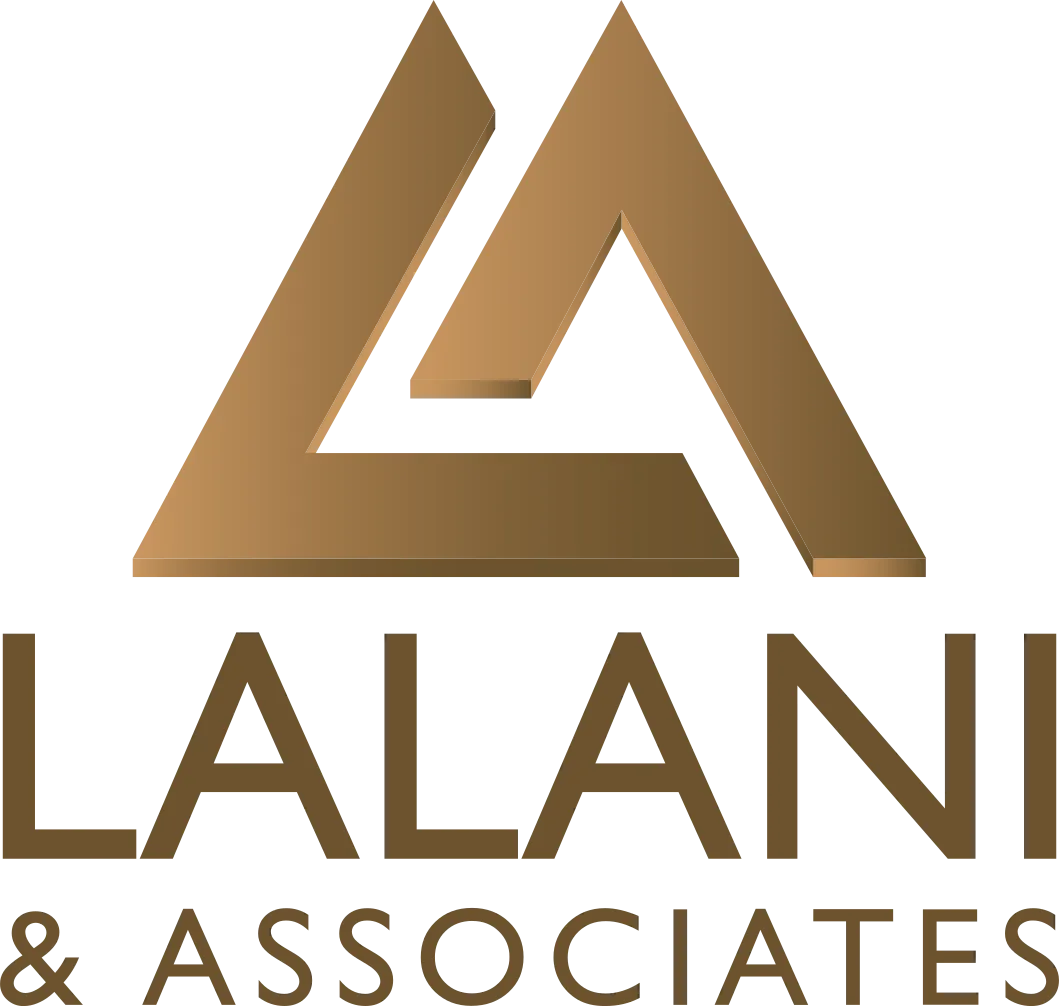
Canada has once again opened its doors to skilled workers worldwide through the Express Entry system. This week, Immigration, Refugees, and Citizenship Canada (IRCC) invited 3,574 candidates to apply for permanent residency across three separate draws. Let’s break down what happened and what it means for potential immigrants.
What is Express Entry?
Express Entry is a digital immigration system designed to streamline the process of bringing skilled workers to Canada. It’s one of the main pathways to permanent residency, focusing on candidates who can contribute to Canada’s economy and fill critical labor gaps.
Details of This Week’s Draws
This week’s Express Entry draws targeted three distinct categories: healthcare workers, experienced professionals in Canada, and provincial nominees. Here’s what you need to know:
1) November 20 – Healthcare Occupations Draw
▲ Invitations Issued: 3,000
▲ CRS Cutoff Score: 463
2) November 19 – Canadian Experience Class (CEC) Draw
▲ Invitations Issued: 400
▲ CRS Cutoff Score: 547
3) November 18 – Provincial Nominee Program (PNP) Draw
▲ Invitations Issued: 174
▲ CRS Cutoff Score: 816
Breakdown of November 20 Healthcare Draw
Canada urgently needs healthcare workers, and this draw reflects that priority. A total of 3,000 ITAs were issued to candidates with CRS scores of 463 or higher. Here’s a quick look at some of the occupations invited:
▲ Registered nurses and practical nurses
▲ General practitioners and family physicians
▲ Dentists, psychologists, and physiotherapists
Healthcare professionals are essential to maintaining Canada’s growing population, especially in underserved regions.
Highlights of November 19 CEC Draw
The Canadian Experience Class is for workers with skilled experience in Canada. With a cutoff CRS score of 547, this draw emphasized the importance of retaining talent already contributing to the economy. This category benefits candidates with work experience, often gained through temporary work or study permits.
Overview of November 18 PNP Draw
The Provincial Nominee Program (PNP) allows provinces to nominate candidates who meet their specific labor needs. This draw had the highest CRS requirement of 816 because PNP candidates receive an extra 600 points with their nomination. These applicants often address regional economic priorities.
How Does the Express Entry System Work?
Here’s a simple breakdown of the process:
▲ Create a Profile
Submit details about your education, work experience, and language proficiency.
▲ Get a CRS Score
Your score is based on age, education, language skills, and other factors.
▲ Participate in Draws
IRCC conducts draws regularly, inviting top-scoring candidates.
▲ Meet Program Requirements
Qualify under one of three programs: Federal Skilled Worker Program, Federal Skilled Trades Program, or Canadian Experience Class.
▲ Submit an Application
If you receive an ITA, you must apply for permanent residency within 60 days.
Why These Draws Matter
Canada’s targeted draws ensure that essential sectors, like healthcare and technology, get the skilled workers they need. By focusing on specific categories, IRCC can address labor shortages while supporting regional growth.
Advantages of Express Entry
1) Fast Processing: Applications are often processed within six months.
2) Flexibility: Tailored draws meet specific economic needs.
3) PNP Boosts: A provincial nomination gives applicants a significant CRS score increase.
Challenges for Applicants
The competition is fierce, and candidates often struggle to meet high CRS cutoffs. Language tests and documentation requirements can also be hurdles.
Tips to Improve CRS Scores
▲ Take language tests seriously and aim for higher scores.
▲ Gain Canadian work or study experience if possible.
▲ Explore provincial nomination options to boost your profile.
What’s Next for Applicants?
After receiving an ITA, applicants must submit their documentation, such as medical exams, police certificates, and proof of funds. The approval process usually takes six months.
Conclusion
Canada’s Express Entry draws this week show the country’s commitment to welcoming skilled workers. Whether you’re in healthcare, have Canadian experience, or hold a provincial nomination, these pathways offer a bright future for immigrants.


0 Comments